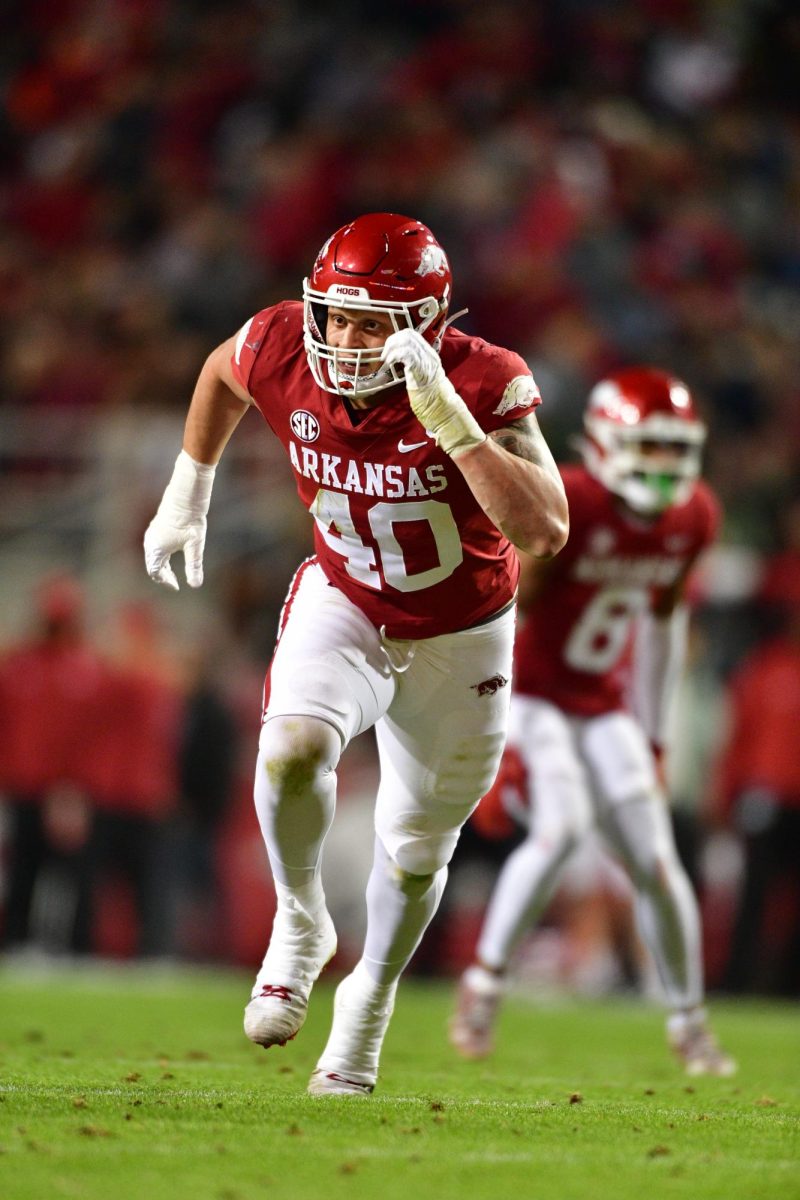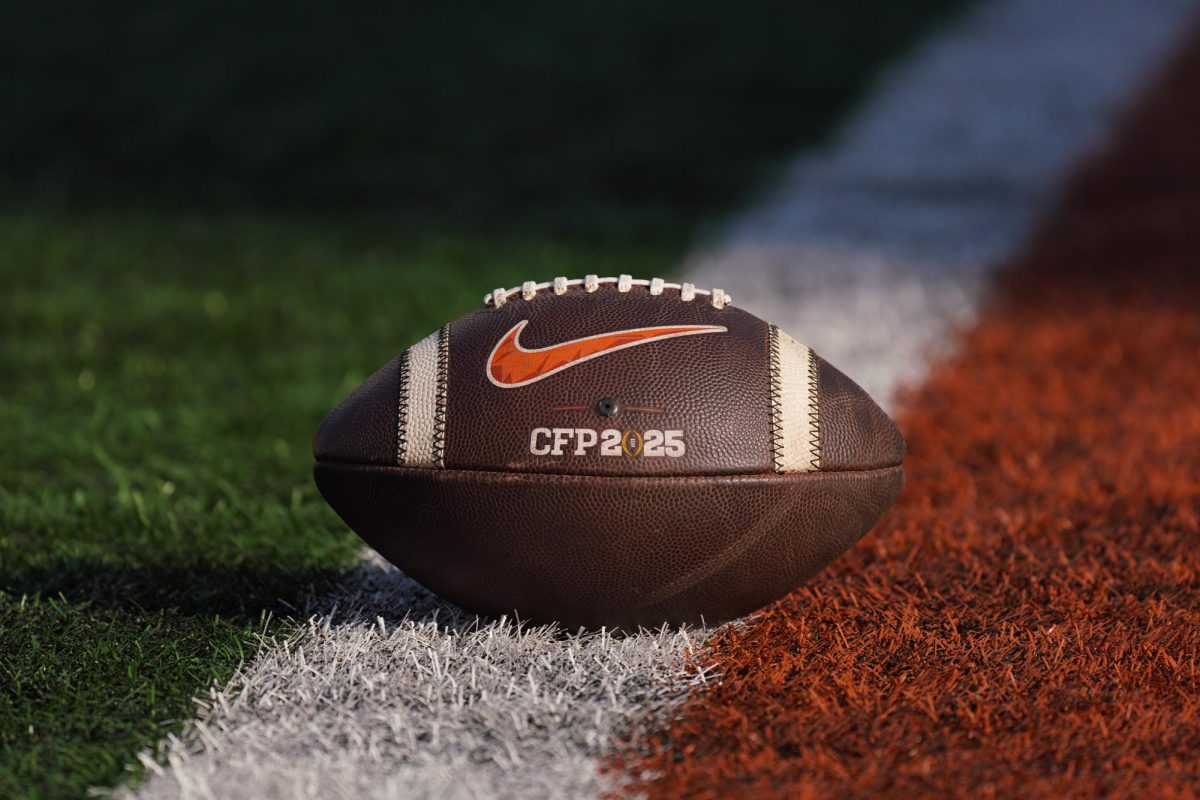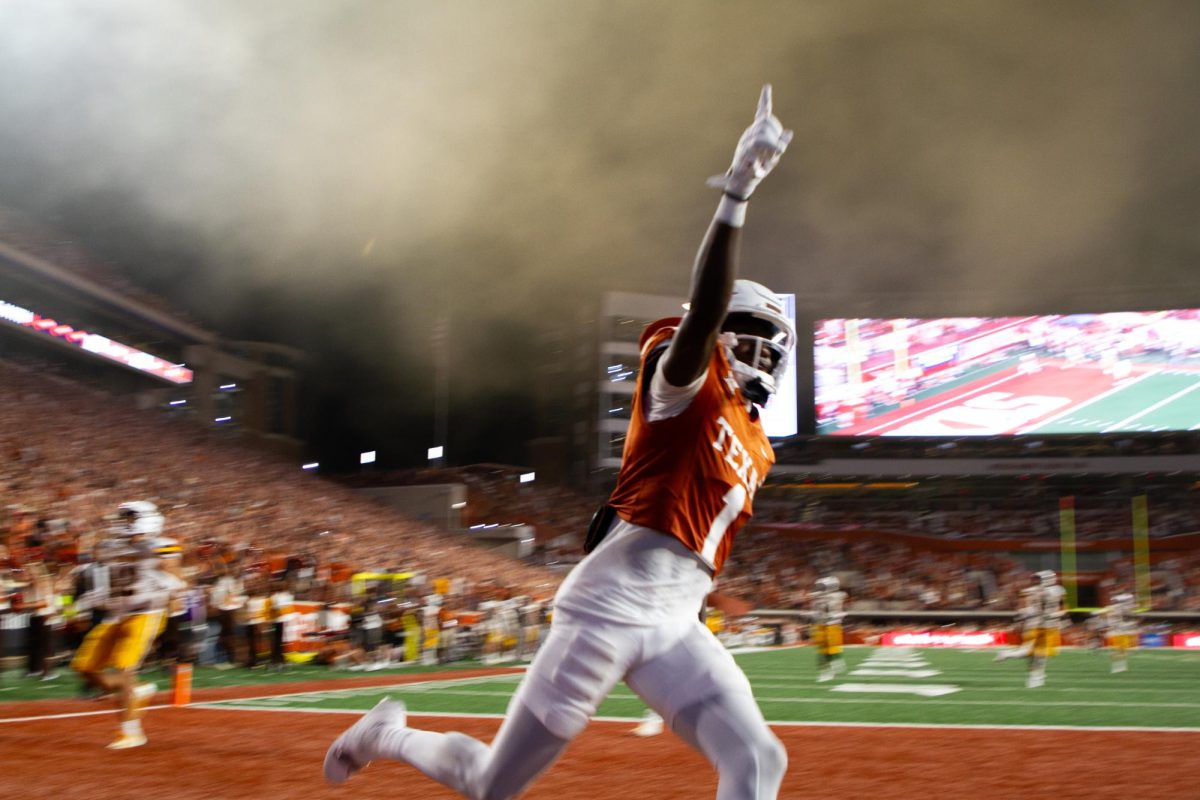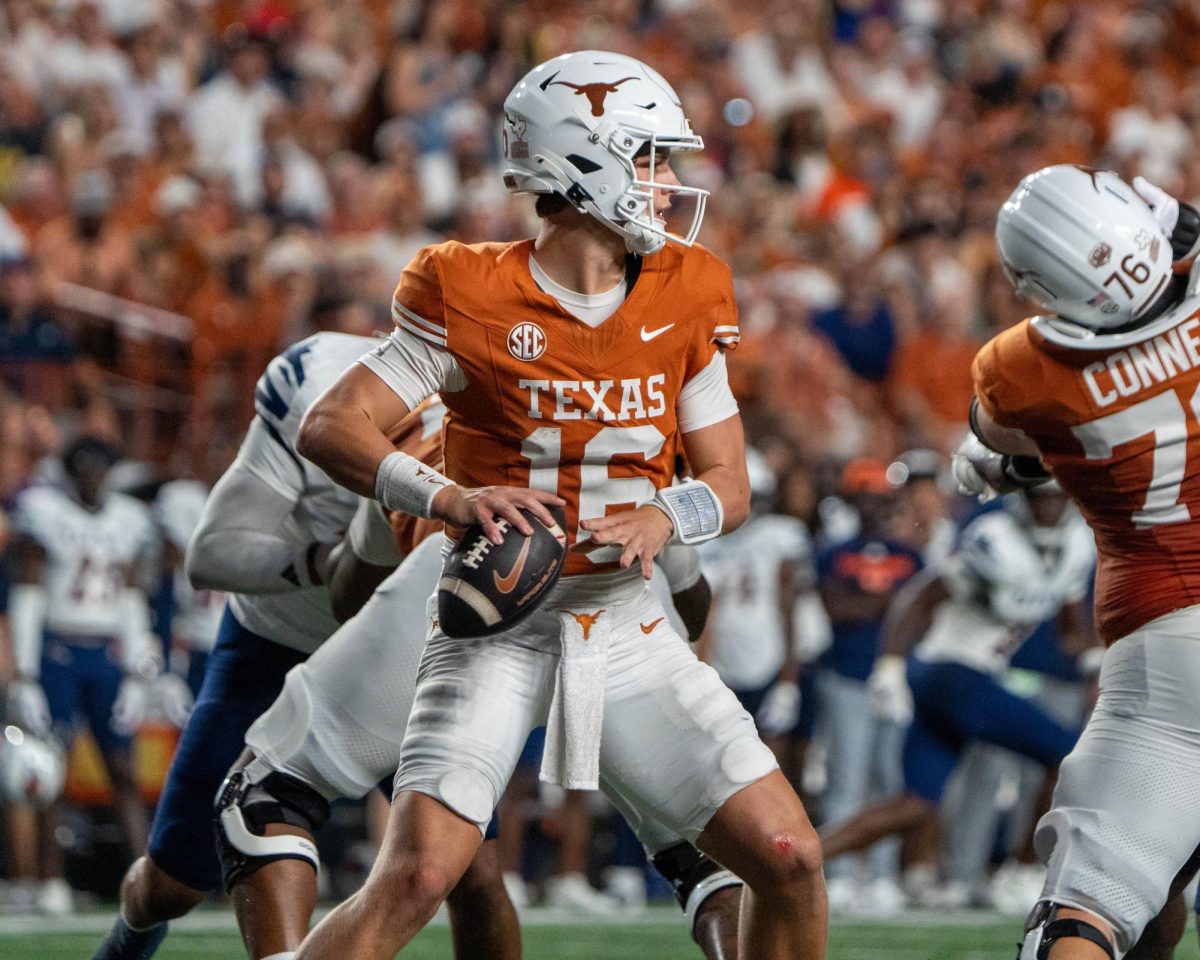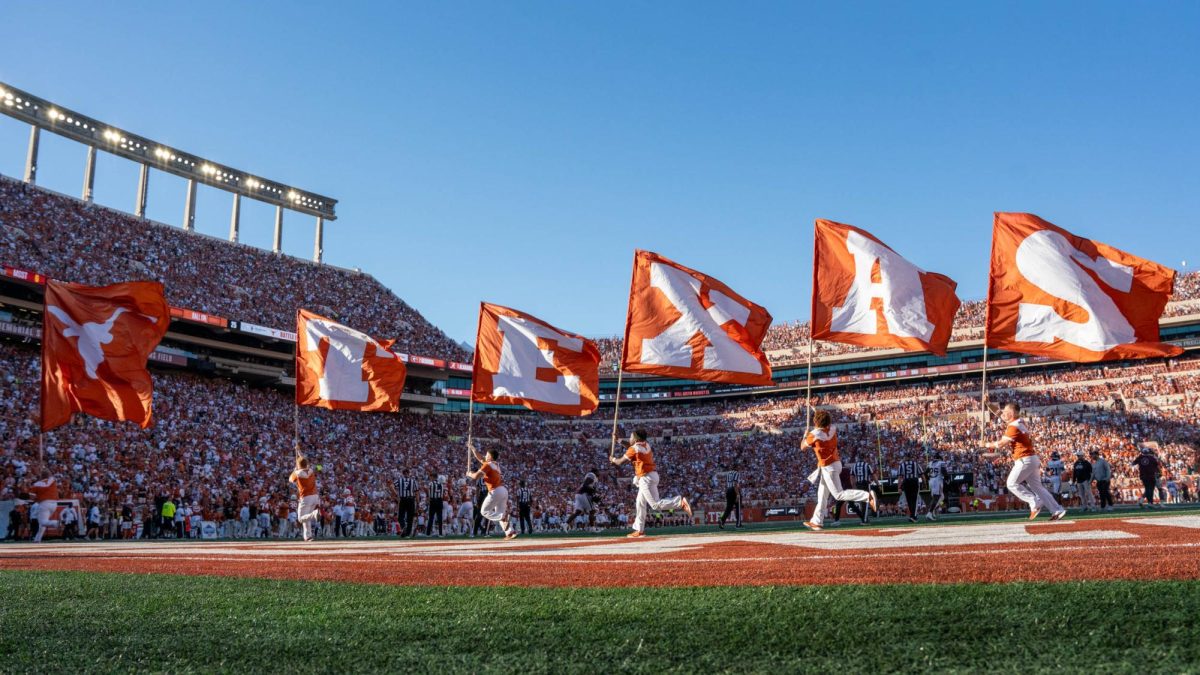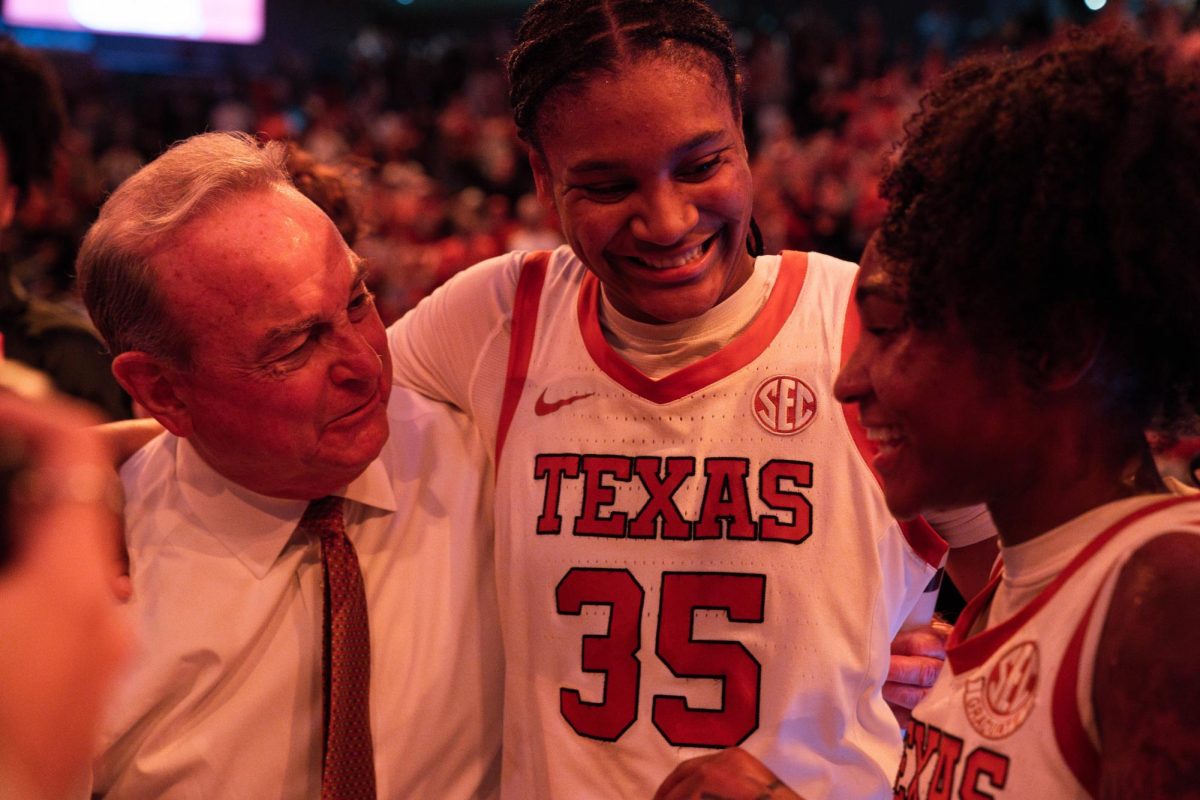The University of Arkansas has been a symbol of Southern education since its founding more than 150 years ago. It is a university with many time-honored traditions, including its infamous Hog Call, but what the university is most associated with is its mascot, the Razorback. Another name for a wild hog, it is a symbol of the ferocious nature of the school’s athletic program. Virtually no other school has a symbol like the Razorback, and the origin story of the mascot is just as unique.
Understanding how the Razorback mascot became official requires a look back to 1909. Football was a much different sport then: a touchdown was worth five points, the forward pass was legalized just three years prior and on the off chance that a player did wear a helmet, it was made of leather.
Something significant was taking place at the University of Arkansas. The then-Cardinals (University of Arkansas’ old mascot) were fighting to keep their perfect season alive. On Nov. 13, 1909, Arkansas’ greatest obstacle in the way of a perfect season presented itself in the form of their famed rival, LSU.
Both schools were entering the day’s game with a memory of the year prior, when Arkansas was soundly defeated by LSU 36-4. The 1909 rematch was described as one of the most important games in the South that season. Arkansas, led by hall-of-fame head coach Hugo Bezdek, was looking for revenge.
The matchup took place in Memphis and was part of a two-game road trip for Bezdek and his team. Once the game started, there was seemingly little competition for Arkansas. Having shut out their opponent 16-0, they dominated LSU on both sides of the gridiron. Arkansas held a significant size advantage over their opponent with a 10-pound average over the Tigers. In an era when the run game was the focal point of every team’s offense, Arkansas could not be stopped.
Every rush by Arkansas yielded anywhere between five to 10 yards and despite various strategic changes throughout the game, LSU couldn’t find a sure footing. Credited for leading Arkansas to victory was captain and offensive tackle Stanley Phillips. Phillips would end the day with two touchdowns, securing Arkansas’ fifth win of the season.
Bezdek, the first full-time paid coach in Arkansas football history, had taken a 5–4 Arkansas team from the previous season to 5–0 with two games to go. Having just defeated one of the South’s premier football teams, Bezdek was making Arkansas the team to beat on his opponent’s schedules.
A couple of days later, Arkansas won the second game of their two-game road trip, boarded a train and made their way back to Fayetteville. Upon arrival at the station, the team was met with the greeting of a large group of students, ecstatic over their recent victory. It was then that Bezdek stepped down from the train and boasted about the exploits of his team, saying they performed “like a wild band of razorback hogs.”
Instantly, this sentence echoed across the student body. Though it wasn’t the first time they had been described as Razorbacks, it was what jolted the name to popularity. A year later in 1910, the University of Arkansas left the Cardinal behind and officially renamed themselves the Razorbacks. A one-of-a-kind mascot, the moniker remains to this day.

